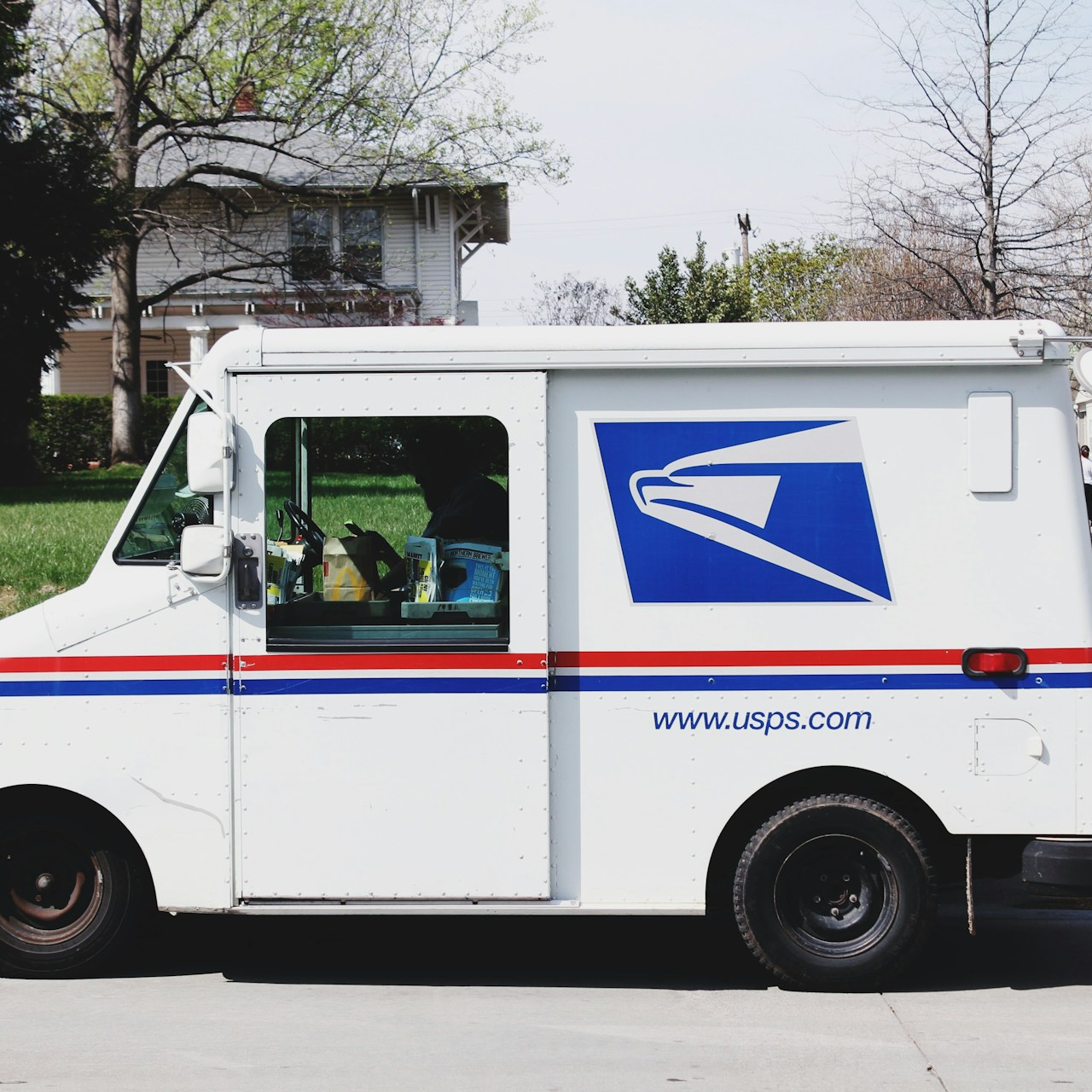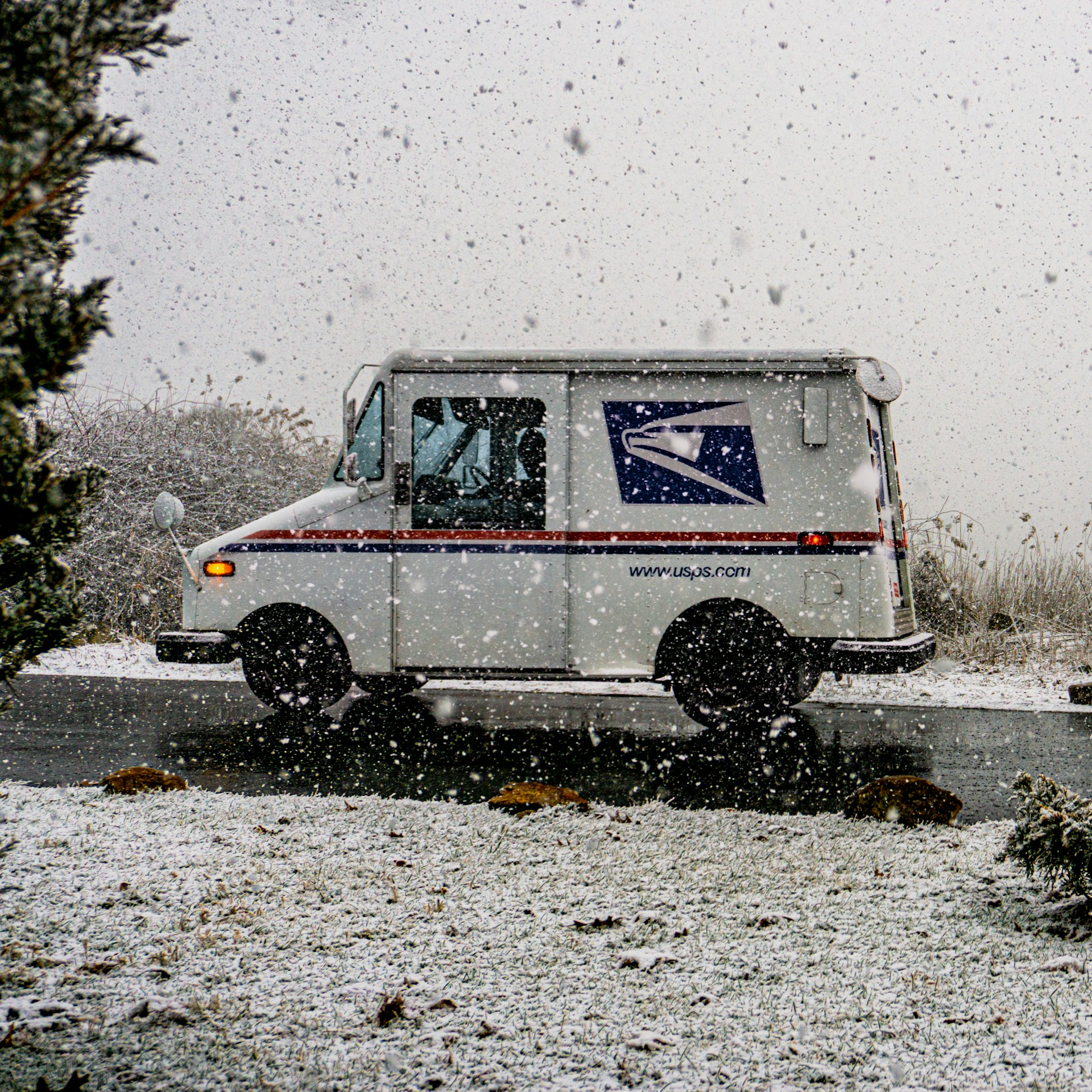Key Takeaways:
-
The new Postal Service Health Benefits (PSHB) program provides unique advantages tailored specifically for postal employees, distinguishing it from the broader Federal Employees Health Benefits (FEHB) program.
-
Understanding the differences between PSHB and FEHB is essential for postal workers to make informed decisions about their health coverage in the changing landscape of federal health benefits.
Comparing PSHB and FEHB: What Makes the New Postal Health Plan Stand Out
The Postal Service Health Benefits (PSHB) program, set to replace the Federal Employees Health Benefits (FEHB) program for postal workers, represents a significant shift in how health benefits are managed and provided to this specific group of federal employees. While both PSHB and FEHB are designed to offer comprehensive health coverage, the introduction of PSHB brings about several changes and distinctions that are essential for postal workers to understand. This article delves into these differences, exploring what sets the new PSHB apart and what postal workers should consider as they transition to this new plan.
What Is the PSHB Program?
The Postal Service Health Benefits (PSHB) program is a newly established health benefits program specifically for employees and retirees of the U.S. Postal Service (USPS). This program was created under the Postal Service Reform Act of 2022, with the goal of providing health benefits that are more tailored to the needs of postal workers, while also ensuring the financial stability of the USPS.
PSHB is scheduled to begin on January 1, 2025, and will replace the Federal Employees Health Benefits (FEHB) program for USPS employees. However, it’s important to note that this change applies only to USPS employees and retirees; other federal employees will continue to receive their health benefits through FEHB.
Key Features of PSHB
PSHB is designed to provide health coverage that aligns more closely with the unique needs and circumstances of postal workers. Some of the key features of the PSHB program include:
-
Separate Risk Pool: Unlike FEHB, where postal employees are part of a larger federal risk pool, PSHB establishes a separate risk pool specifically for USPS employees. This allows the PSHB program to better manage costs and benefits specific to the postal workforce.
-
Medicare Integration: For retirees, PSHB requires integration with Medicare Part B. This means that retirees who are eligible for Medicare Part B must enroll in it to maintain their PSHB coverage. This integration is intended to reduce the overall cost of health benefits for the USPS and its retirees by ensuring that Medicare serves as the primary payer for retirees, with PSHB covering additional costs.
-
Premium Contributions: The cost-sharing structure of PSHB, including premium contributions by employees, will be designed to reflect the specific financial and operational realities of the USPS, which may differ from the broader federal workforce.
How Does PSHB Differ from FEHB?
While both PSHB and FEHB aim to provide comprehensive health coverage, several critical differences between the two programs highlight the distinct nature of PSHB.
Eligibility and Enrollment
One of the most significant differences between PSHB and FEHB lies in eligibility and enrollment. PSHB is exclusively for USPS employees and retirees, while FEHB serves a broader population of federal employees, including those from various government agencies.
Enrollment in PSHB will be mandatory for USPS employees, meaning they will no longer have the option to choose plans from the FEHB program. This change requires postal workers to familiarize themselves with the specifics of PSHB plans, including coverage options, provider networks, and cost structures.
Plan Options and Coverage
The PSHB program will offer a range of plan options, similar to FEHB, but these plans will be specifically tailored to meet the needs of USPS employees. The exact details of the available plans under PSHB are still being finalized, but they are expected to provide similar levels of coverage to those currently offered under FEHB, with some differences to accommodate the unique demographics and needs of the postal workforce.
For instance, PSHB plans may offer more targeted coverage options that reflect the occupational health risks associated with postal work, such as increased exposure to physical strain and environmental conditions. Additionally, the integration with Medicare for retirees is a significant departure from the FEHB program, where such integration is not mandatory.
Cost Management and Financial Impact
The creation of a separate risk pool for PSHB is a key element in managing the costs associated with providing health benefits to USPS employees. By isolating postal workers from the broader federal employee population, PSHB can tailor its cost management strategies more effectively, potentially leading to more favorable premium rates and cost-sharing arrangements for USPS employees.
Moreover, the mandatory Medicare integration for retirees under PSHB is a strategic move to reduce the long-term financial obligations of the USPS. By shifting some of the cost burden to Medicare, PSHB aims to ensure the sustainability of health benefits for postal workers while also providing comprehensive coverage.
Impact on Retirees
For retirees, the transition to PSHB will have significant implications, particularly due to the requirement to enroll in Medicare Part B. This integration is intended to optimize the use of Medicare benefits, but it may also require retirees to adjust to new cost-sharing requirements and coverage coordination between Medicare and PSHB.
Retirees who do not enroll in Medicare Part B will face penalties and may lose their PSHB coverage, making it crucial for those approaching retirement to plan accordingly. This aspect of PSHB highlights the importance of understanding the interplay between federal health benefits and Medicare, which can be complex and challenging for many retirees.
Why Was the PSHB Program Created?
The establishment of the PSHB program was driven by several factors, primarily related to the financial sustainability of the USPS and the need to provide more tailored health benefits for postal workers. Over the years, the financial strain on the USPS has been a topic of concern, with rising health benefit costs contributing significantly to the overall financial challenges faced by the postal service.
By creating a separate health benefits program for postal workers, the Postal Service Reform Act of 2022 aimed to address these financial challenges while also ensuring that USPS employees and retirees continue to receive high-quality health coverage. The integration with Medicare for retirees is a key component of this strategy, as it shifts some of the cost burden away from the USPS, helping to stabilize the financial health of the postal service.
What Should USPS Employees Do to Prepare for PSHB?
With the implementation of PSHB on the horizon, it is essential for USPS employees and retirees to take proactive steps to prepare for the transition. Here are some key actions to consider:
Review Current FEHB Coverage
USPS employees should start by reviewing their current FEHB coverage to understand how it compares to the upcoming PSHB options. This review can help identify any potential changes in coverage, provider networks, and out-of-pocket costs that may arise under PSHB.
Understand Medicare Enrollment Requirements
For retirees, understanding the Medicare enrollment requirements under PSHB is critical. Since Medicare Part B enrollment will be mandatory to maintain PSHB coverage, it’s important to know the enrollment timelines, costs, and how Medicare will coordinate with PSHB to provide comprehensive coverage.
Stay Informed About PSHB Developments
As the details of the PSHB program continue to evolve, USPS employees and retirees should stay informed about any updates or changes that may impact their health benefits. This includes attending informational sessions, reading official USPS communications, and consulting with licensed insurance agents who can provide guidance on navigating the transition to PSHB.
Consider Long-Term Health Needs
Finally, USPS employees should consider their long-term health needs and how the PSHB program will support them. This includes evaluating coverage options that align with their medical history, anticipated healthcare needs, and financial situation. Making informed decisions now can help ensure a smoother transition to PSHB and continued access to necessary healthcare services.
Preparing for the New Health Benefits Landscape
The transition from FEHB to PSHB represents a significant change for USPS employees and retirees, with implications for coverage, costs, and overall health benefits management. By understanding the key differences between PSHB and FEHB, and taking proactive steps to prepare for the transition, postal workers can ensure that they are well-positioned to make informed decisions about their health coverage in the coming years.
Contact Information:
Email: [email protected]
Phone: 7025556789












